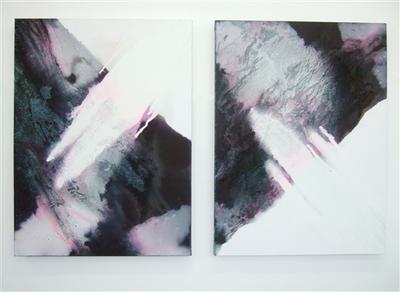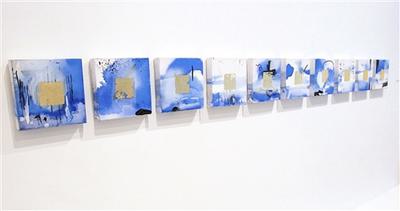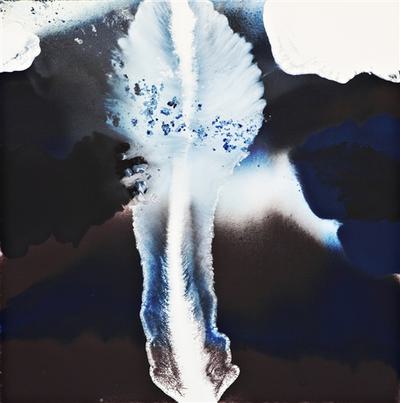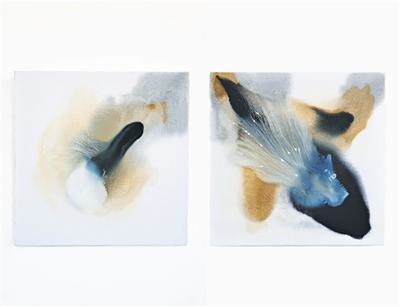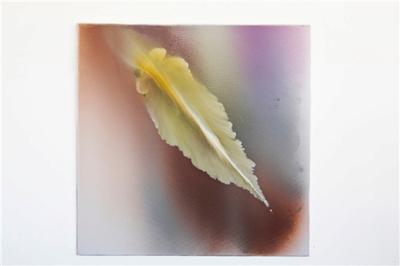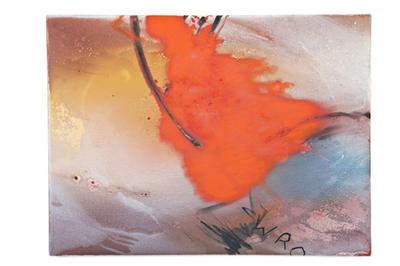Elizabeth Hannaford

Elizabeth Hannaford's work is in part an attempt to communicate visually more than the visual experience - for example, listening to a piece of music or standing in open countryside. She tries to paint the 'unpaintable', as Turner put it, when speaking of thunder, and to recreate a total experience - emotional, sensual and intellectual - so that she can, as it were, take it home and make it hers. She is also celebrating the natural world from her own, very subjective, point of view. Elizabeth's work, however, is unashamedly and unfashionably emotional. Its context is within the modernist tradition of trying to reveal the essential truth of the world but unlike much of 'postmodern' art, she sees it as drawing on the modernist tradition in a way which redirects rather than criticises it. She enjoys the process of making a painting and the physicality of the medium, following where it leads her. Much of her work is built up with glazes of very thin oil paint, which are difficult to control. In her series paintings the viewer is invited to 'read' the work like a line of poetry or spend time following it as with music. 'Hannaford's work springs from a deeply felt response to the physical world ... the intense colours within ice fissures or in the petals of a flower are transmuted with disciplined emotion into paint. She can distill the elemental force of a bullfight or the sweep of sea over sand into marks and washes that communicate their essence, yet remain objects with their own visual logic and beauty. Taste smell and hearing are also ways of apprehending the world ... recognising the subtle interior vibrations such experiences set in motion, she gives them tangible form with a combination of intuition and a rigorous painterly technique.' (Elizabeth Mortimer, Art Historian). The subject or idea for a painting determines how she represents it, which is why her work varies in its degree of abstraction. Music, perhaps the most abstract of the art forms, has always influenced her work and her most abstract work is often associated with music. Collaborations with classical organist/composer Christopher Bowers-Broadbent have inspired free, abstract paintings. culminating in an art/music evening at top London gallery, Art First. Her current collaboration with award-winning keyboard musician David Gordon (London Concertante and David Gordon Jazz Trio) has led to experimentation in new media with work made in performance on her iPhone. A solo installation of this work was held in December 2011 at London's newest Arts and Music venue, Kings Place, N1. She sees her digital work as an extension of her painting practice; she is still painting, but in a different medium. Her method of transforming the original 2D image into 3D within a wooden or metal box continues old themes - not only her long-held obsession with the creation of energy and space but also her concern with the interplay between the creation of illusory space on the one hand, and the object nature of a painting on the other. The box is more than a frame with the image appearing to fuse, suspended within it. Thus is her painting satisfyingly objectified!
Helping Artists Keep Going
Axis is an artist-led charity supporting contemporary visual artists with resources, connection, and visibility.


